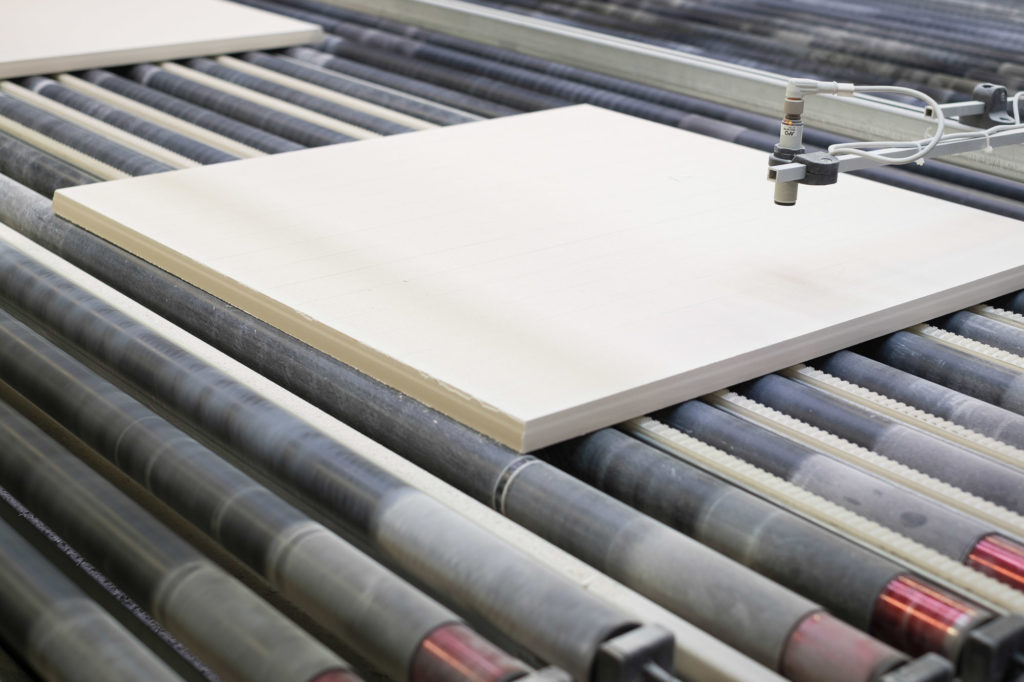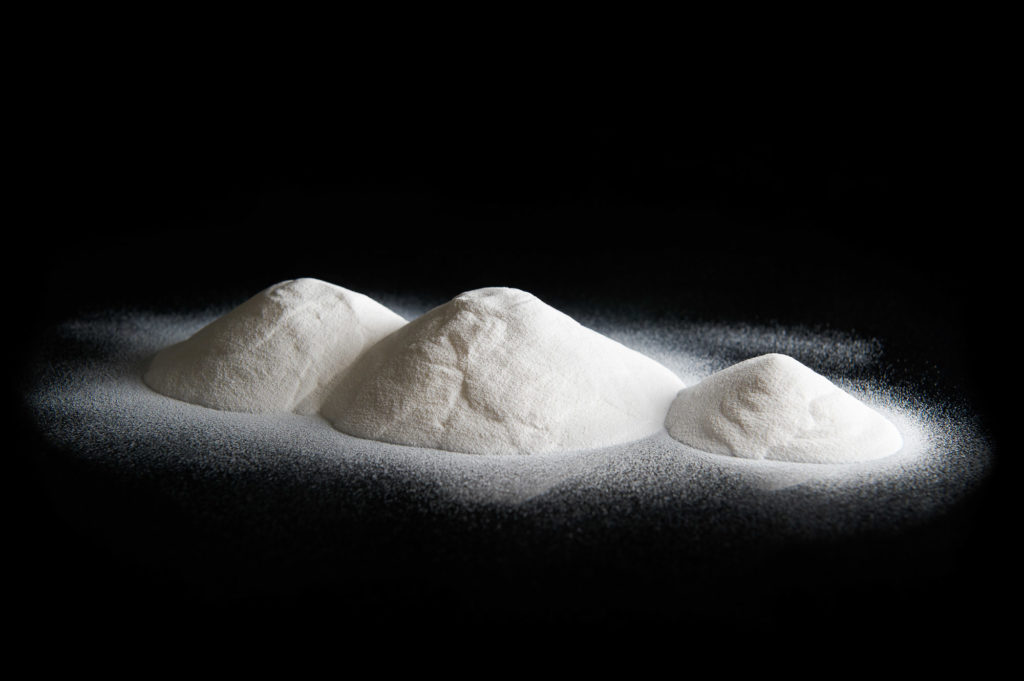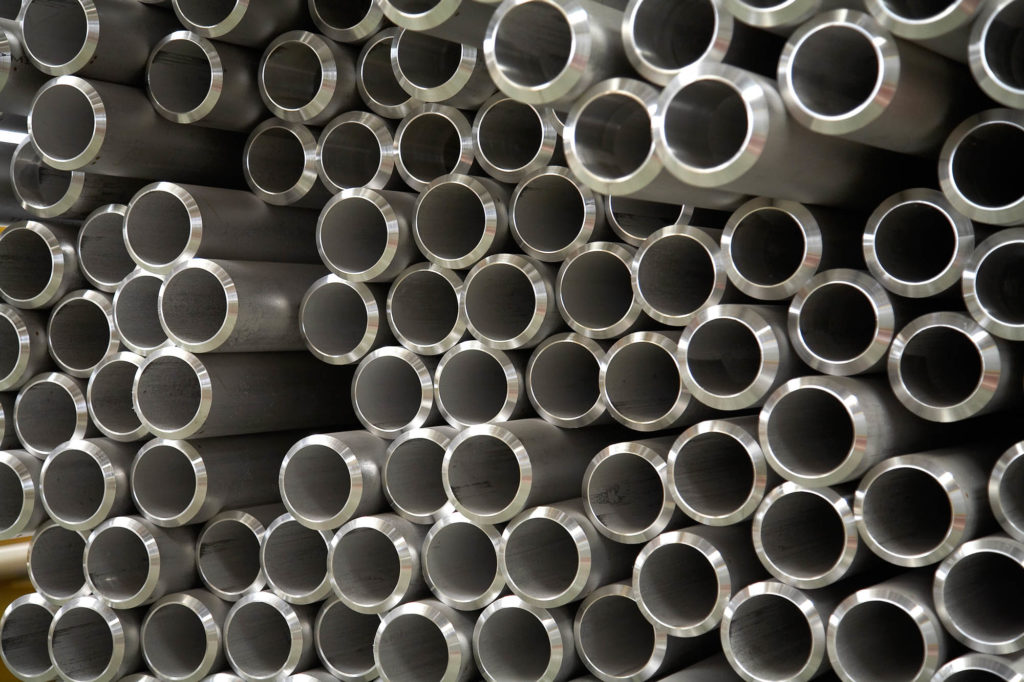Ceramic Industry
Ceramiche Atlas Concorde Spa/ div. Keope
The wall and floor tiles subsector could be considered energy intensive: the production of one tonne of ceramic tiles requires 6GJ. Energy sources used in the ceramic process are natural gas and electricity.
Water is also an important raw material for tile manufacturing. The overall freshwater consumption of a medium size tile manufacturing facility amounts to approximately 75,000 m3/y and covers many uses in the ceramics process, such as washing and slip preparation.
iWAYS will enable the recovery of a substantial amount of the water –which is currently discharged through the spray dryer exhaust gases – along with the sensible and latent heat of the humidity. The use of freshwater is expected to be cut by half as water previously discharged to the atmosphere will be reused.
The natural gas used in ceramic process is mainly required in the spray-drying process, tiles drying and firing processes. With iWAYS, the heat recovery from the exhausts of the drying and spray drying processes will deliver 10% of thermal energy needed in a single spray-dryer.

Chemicals
Alufluor AB
Alufluor has two processes where steam is used for heating. The majority of energy usage in the plant is thermal energy, natural gas.
Through a three-stage approach, iWAYS will substantially improve resources and energy efficiency. The first stage involves cooling down the exhaust. The second stage recovers sensible and latent heat and condensation, as well as the acids. Finally, the water will be condensed and recovered.
With iWAYS, the heat recovered will be reused in the process, saving at least 21% of the thermal energy. The heat recovered will be mainly used in process heating and wash water. In contrast, the water recovered – after being treated and reused – from condensation will also be significant: 3,500 tonnes each year.
A very important aspect of iWAYS solutions, in the Alufluor case, is the recovery of hydrogen fluoride, calculated at 70 tonnes per year.


Steel Tubes manufacturer
In the steel sector, water is used mainly in the cooling process and in degreasing procedures. During the cooling treatment of the hot pipes, a significant amount of water is evaporated and currently not used or recovered. Furthermore, the sludge from wastewater treatment is currently disposed of.
The solution developed – as part of the iWAYS project – will recover 30% of the evaporated water and recycle it back into the cooling process; and will recycle 95% of the water contained in the sludge.
The recovered heat from the HPCE will be used to provide the thermal power, required by the treatment system, in order to recover water in the alkaline and acid sludge. The circuit created to recover the heat and steam, generated while the water cools the hot parts, will reduce the energy and gas requirements.
